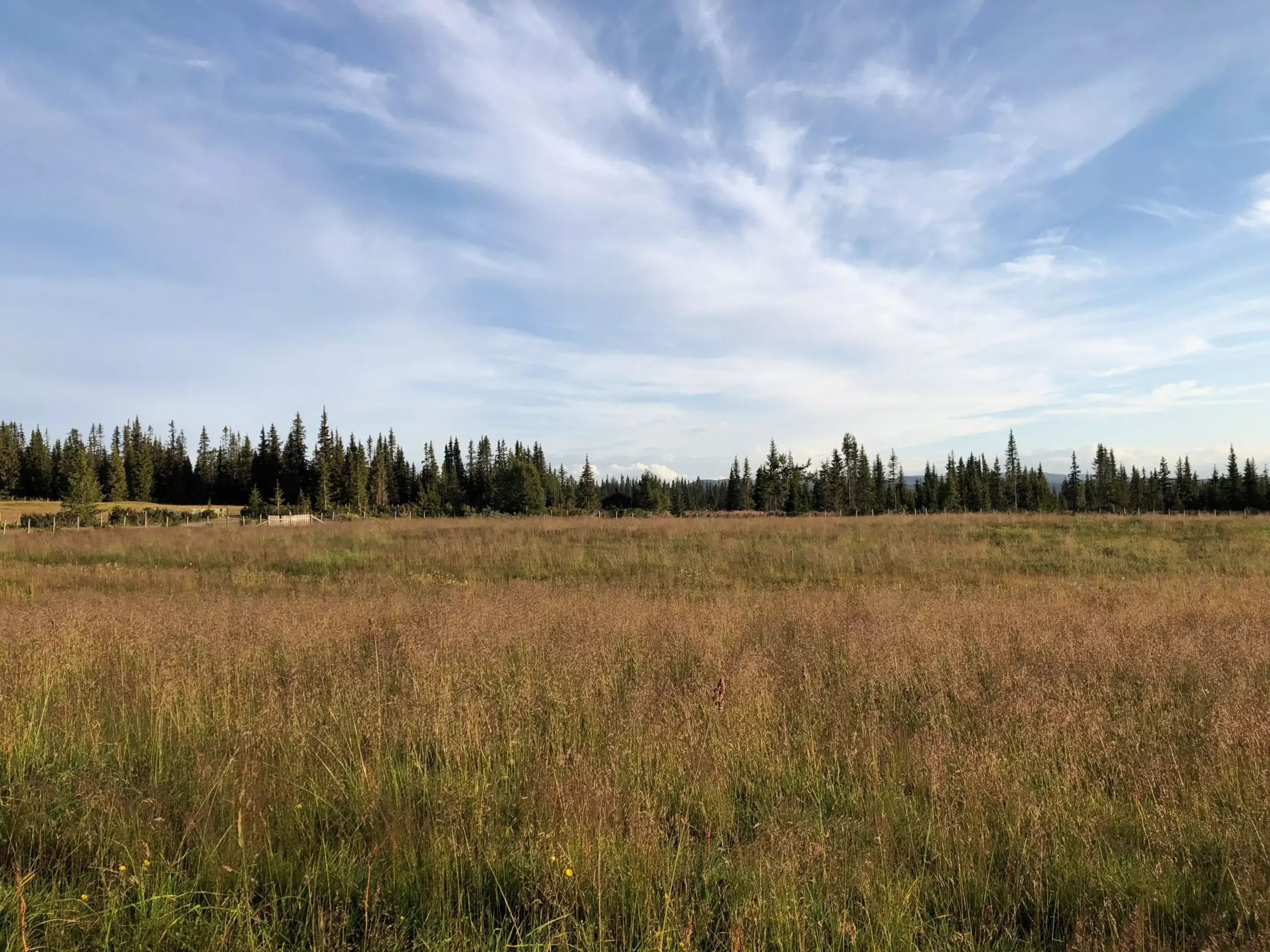As the effects of climate change become more apparent, a pressing issue is unfolding: the competition between agricultural land and forested areas for timber production. A recent study from the University of Cambridge highlights the significant shifts in land suitability that global warming is provoking—transforming areas currently dedicated to timber into fertile sites for crops. This analysis sheds light on the complex dynamics between these vital resources and the stark realities we must face as we move into the future.
The emergence of warmer climates has made regions in Britain increasingly viable for vineyards, symbolizing both a commercial opportunity and a darker truth: desirable agricultural conditions are moving northward. Such a shift presents itself as a double-edged sword. While it provides new avenues for agricultural expansion, it simultaneously threatens to encroach upon forests that produce essential timber. This land reallocation poses a potentially catastrophic dilemma: where will we draw the line when it comes to either resource? The findings indicate that substantial areas of existing forests—approximately 320 million hectares—are projected to become more favorable for agricultural endeavors by the end of the century, primarily within the northern hemisphere.
The crux of the issue lies in the finite amount of arable land capable of supporting both food and timber production. Dr. Oscar Morton, a key contributor to the study, emphasizes the impending strain on timber resources as agricultural land expands into traditional forestry areas. This scenario not only heightens competition for land but also raises critical questions about sustainable management practices. As we forecast an increase in global demand for both food and timber—expected to double by 2050 due to population growth and rising affluence—the urgency for strategic planning becomes glaringly evident.
Research reveals that the overwhelming majority of this suitable land—about 90%—is concentrated within a handful of countries: the United States, Canada, China, and Russia. Notably, Russia is earmarked for an extensive transition, with millions of hectares shifting from timber production to agriculture. This shift calls into question both the sustainability of existing forestry practices and the intricacies of future agricultural strategies. However, the potential conversion of these lands into agricultural hubs carries associated risks, including biodiversity loss and increased greenhouse gas emissions from deforestation. The implications extend beyond national borders; they highlight the need for international dialogue and cooperation in managing natural resources effectively.
The environmental ramifications of increasing competition between timber and food production are profound. David Edwards, a senior author of the study, points to the gravitas of further encroachment into primary forests and biodiverse regions. The world’s remaining wilderness areas, particularly in tropical and boreal zones, face the pressing threat of deforestation as agricultural interests encroach. This sets off a domino effect: ecological systems that have existed harmoniously for millennia are suddenly at risk. The interplay of commercial interests, environmental stewardship, and climate impacts necessitates that society grapples with this complex web of cause and effect.
Even under the best-case climate scenarios, the study emphasizes that changes in the landscape will remain significant, impacting both timber and crop suitability. Thus, it becomes critical to pioneer sustainable approaches to coexist with climate change. Not only must agricultural innovations maximize yields on existing farmland, but initiatives for afforestation and responsible forest management must equally gain traction. The establishment of a balance—where both food and timber needs can be met—will require collaboration across sectors and nations.
Ultimately, the competition between timber and food production, spurred by climate change, serves as a warning of the complexities we face as a planet. While addressing immediate food security often takes precedence, the intrinsic value of timber—essential for construction, manufacturing, and daily life—should not be underestimated. Crafting holistic strategies for resource management and fostering global cooperation will be imperative in securing both our food supply and timber resources. The call to action is clear: proactive measures today can shape a sustainable and secure future for generations to come.

